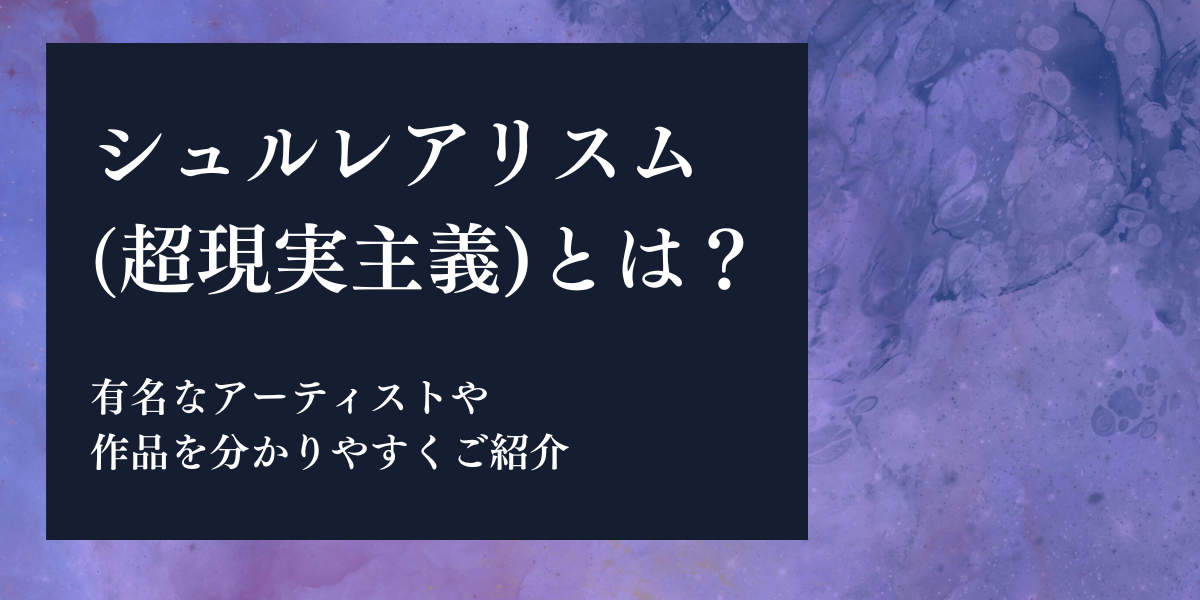
What is Surrealism? What does surrealism mean?
When you are exposed to the world of art, you often hear the word "surrealism. We may have a vague idea of its works, but what exactly does it mean, in which period, and for what purpose did it originate?In this article, we will explain Surrealism in detail.
Surrealism is the Japanese translation of the word "surrealism.
Surrealism is written in English as "Surrealism. Its Japanese translation is "surrealism. Surrealism, simply explained, means a view of the world beyond reality. Itis not a conscious worldview that can be seen and captured by the eye, but a worldview that people hold in their unconscious.
Surrealism was influenced by the "dream" and "unconscious" worldview of Sigmund Freud (1856-1939), a psychoanalyst who was born at that time, and many works were created on the theme of the human unconscious.
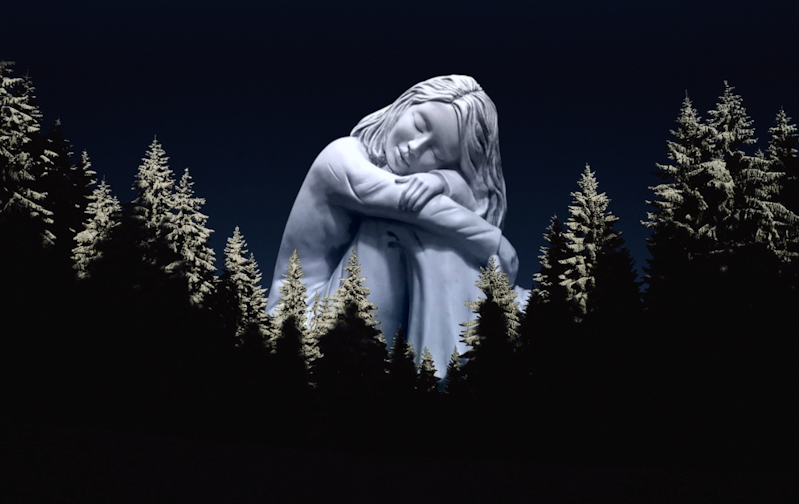
Dadaism and the Surrealist Manifesto
Surrealism is said to have begun as a continuation of the art philosophy known as "Dadaism," which was active prior to the Surrealist movement. Dadaism is an ideology and organization whose purpose was to create art that would make the world order and common sense meaningless in the wake of the First World War.
André Breton (1896-1966), who was influenced by Freud's discovery of the human "unconscious," published his "Surrealist Manifesto" in 1924.This is said to have been the catalyst for the spread of the term Surrealism and the beginning of its activities.
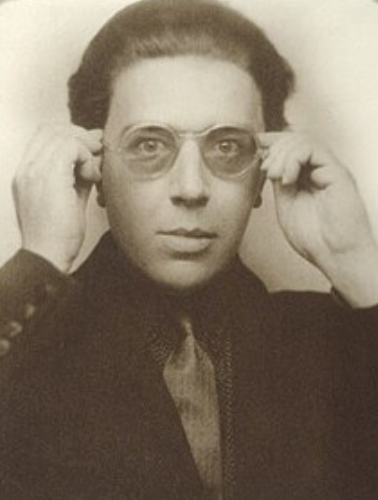
Breton at the time of the publication of the "Surrealist Manifesto" (from wikibedia)
Why is it scary? Features and Techniques of Surrealism
Many people may have the impression that Surrealist works, including Dali's, are scary. That's true. As mentioned earlier, the origin of Surrealism lies in Freud's "dream" and "unconsciousness.
Surrealism is not simply a fantastical and fantastic view of the world, but an extension of reality. Therefore, nightmarish paintings are often seen.Surrealists tried to capture the "unconscious" beyond our conscious senses by creating various new techniques.Some of these techniques are introduced below.

De Paisman
For example, there is a technique called "de Paisman. This techniqueinvolvesdetaching a motif from a place or situation where it should be and replacing it with another place. A strange sense of incongruity is created in the painting, and new meanings and relationships can be expressed in each motif. This depaissement is later used in the collège of objects that combine different objects.
Automatism
There is also a technique called "automatisme. In automatism, the artist does not think about what he is going to paint, but simply paints whatever comes to mind one after another. By daring not to use consciousness or reason, the artist attempts to express a spirituality and worldview that lies beneath the unconscious.
Wholehearted understanding! Surrealist painters and paintings
So, who exactly are the Surrealist artists? In this article, we will specifically introduce five artists who were called Surrealists at the time.
Representative of collage artists Max Ernst
Max Ernst(1891-1976 ) was a German painter and sculptor. He studied philosophy and art history at the University of Bonn and was inspired by Van Gogh's paintings to become a painter. He then moved on to Dadaism and became a Surrealist artist.
He uses various techniques such as frottage, collage, and decalcomania in his works. It is said that he invented frottage, in which the surfaces of wood or coins are transferred by placing them on paper and rubbing them out with a pencil.
One of his best-known works is "Hyakuto Onna" (1929). This is a novel collage of woodblock prints from 19th-century pressed woodblock prints and catalogs.The Hyakutojo is highly acclaimed as a collage work, and is said to have influenced many different artists.
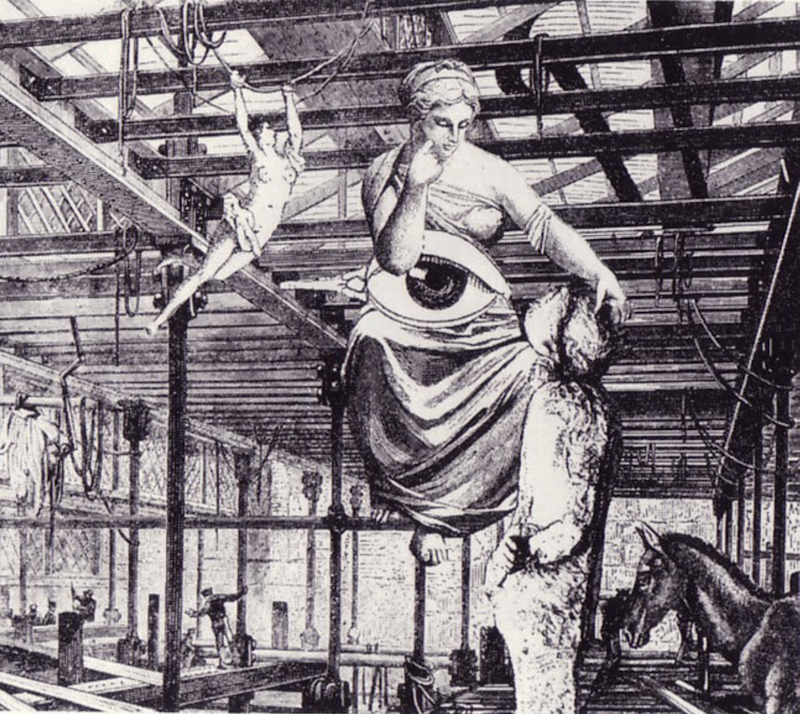
The Hundred Head Woman" (1929)
Speaking of squishy clocks: Salvador Dali
Salvador Dalí (1904-1989) was a Spanish painter. Interested in art since boyhood, he entered the Royal Academy of Fine Arts of San Fernando in Madrid in 1922. He was influenced by Surrealism from his student days and formally joined the Surrealist group in 1929.
He used a unique method of production that he called the "perverse strong-enemy critical method. He painted realistically, but threw various images into the picture plane, creating landscapes that look like something out of a dream.
One of his best-known works is "Memory's Fixation," also known as "Soft Clock.The squishy clock is impressive because it uses a double-image expression, combining the image of a clock with that of softness.
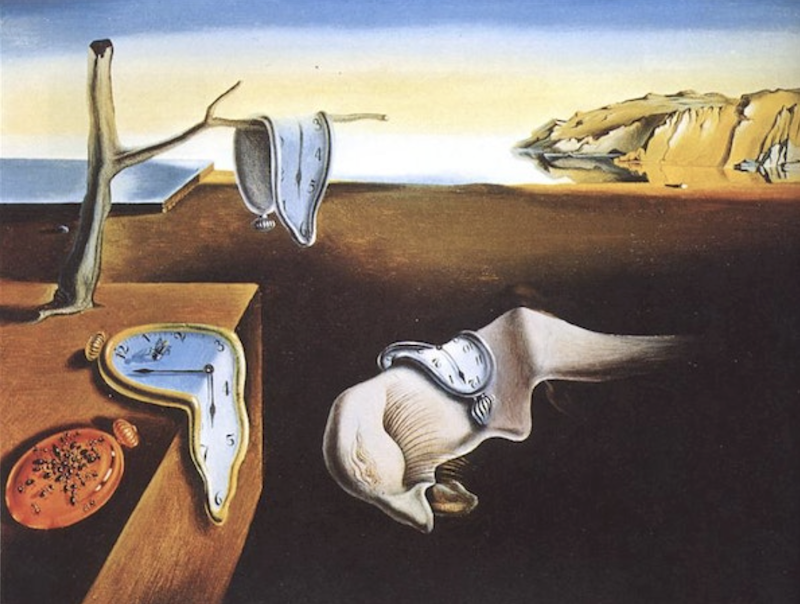
The Adhesion of Memory (1931)
For more information, please check this article.
Salvador Dali, "The Adhesion of Memory" in depth
Far Away from the Everyday World by René Magritte
René Magritte (1898-1967) was a Belgian Surrealist painter. He entered the School of Fine Arts in Brussels in 1916, where his work was influenced by Cubism and Dada. One day he was impressed by a reproduction of De Chirico's "Love Song" and this led him to join the Surrealist movement.
However, he did not get along with André Breton, the leader of Surrealism, and became estranged from the Surrealists. He later became a banker in Belgium, where he is said to have led a modest life, working and painting at the same time.
His representative techniques are "dépaissement" and "collage. He also actively incorporated words into his paintings. For example, "Betrayal of an Image" depicts a pipe, but the words "This is not a pipe" are also written in the painting.
Another of his masterpieces is "Unexpected Answers," which employs the technique of drawing together similarities to create an unexpected image. In this work, he combines everyday motifs to create a mysterious landscape.
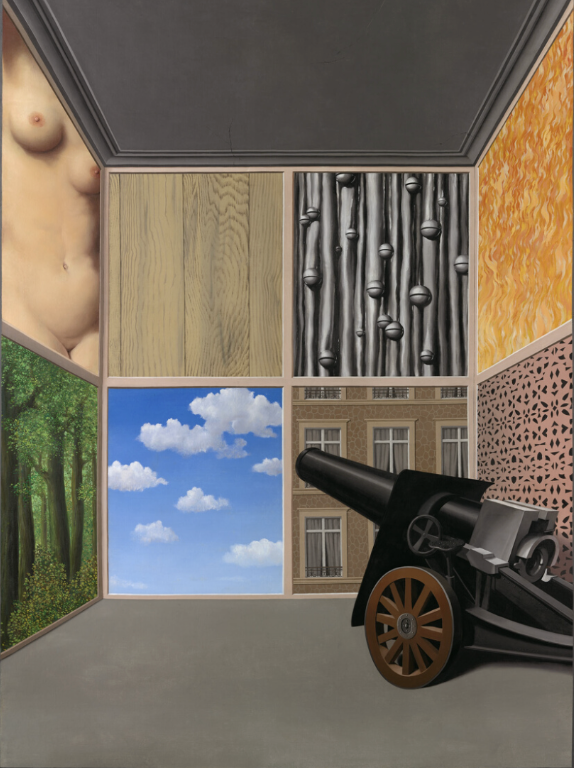
On the Threshold of Liberty" (1937)
Between Representation and Abstraction by Joan Miró
Joan Miró (1893-1983) was a Spanish painter who suffered from depression and typhoid fever in his teens.
He then entered the School of Fine Arts in Barcelona, and in 1919 began traveling back and forth between Paris and Monloch. In Paris, he began to meet Picasso and André Breton, and participated in Surrealist activities.
Miró's style of work is unique, straddling the line between figuration and abstraction. In this style, he paints images that integrate reality and fiction.In his late masterpiece, "Constellations," he depicts symbolized stars, the sun, birds, and women in a harmony of line, form, and color, creating a painting with a heightened sense of mystery.

Escalade (1976)
Andre Masson, Pioneer of the Automatism Technique
André Masson(1896-1987) was a French painter. Educated in Paris and Brussels, Masson's early work was influenced by cubism. Later Masson joined the Surrealist movement.
Masson was an early adopter of "automatism," a typical Surrealist technique, in his work.For example, he believed that by subjecting himself to stress, such as hunger or insomnia, he could create works of unconscious expression.
Masson's attempts in this direction had a strong influence on artists such as Jackson Pollock, who later became a representative of modernist painting.

Acteurs chinois
A masterpiece of surrealism that expanded into other fields
Breton's Surrealist ideas had a great influence on art. However, it was Breton's publication through books that started it all. Therefore, of course, it has a great influence on literature.
In addition, Breton's activities expanded beyond painting, sculpture, and other genres of art to include photography and film, which were the most advanced technologies of the time. Here, we will introduce how Surrealism influenced literature and photography.
Surrealist Literature, Poetry and Fiction
Surrealism was a literary movement that started out as a literary movement. Here we introduce two writers.
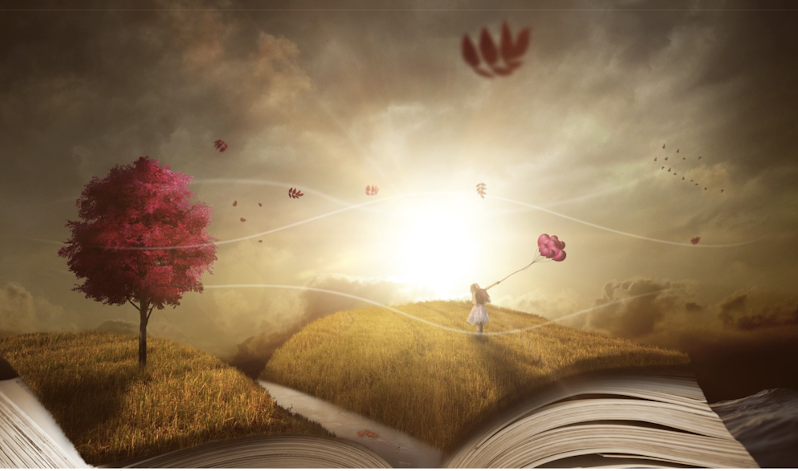
Louis Aragon
The Farmer in Paris" (1926) by Louis Aragon (1897-1982) is a famous Surrealist novel. It is a poetic work that depicts the inner fantasy world of a young man through his daily life. Aragon was also active as a resistance poet during World War II.
Paul Éluard.
Paul Éluard (1895-1952) was also a leading Surrealist poet, along with Breton. He coauthored many books with Ernst and other Surrealist writers.During World War II, he published a collection of poems, Freedom. He remained active during the war and published many poems on the themes of love and peace.
Surrealist Photography and Photographers
Surrealist artists found an unconscious view of the world in photographic expression. For example, Man Ray (1890-1976) is well known for his surrealist photographs.
Man Ray
Originally a painter, Man Ray joined the Dada movement and later the Surrealist movement.
In the process, he developed special development techniques. For example, he developed "rayographs," in which objects are placed directly on photographic paper without the use of a camera, and are then exposed to light. He also used "solarization," which reverses the black and white in a photograph by intentionally exposing it to light during the development process.He used these techniques to create fantastical photographic works while incorporating real-life motifs.
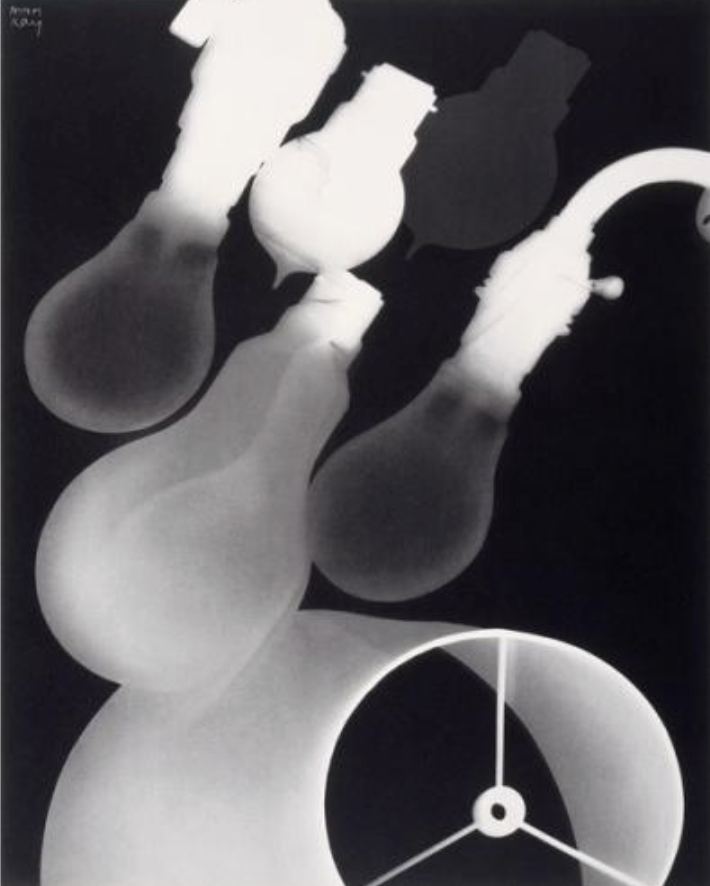
La Maison
Japanese Surrealism: "Surrealism" and Surrealists
So far in this article, we have focused on the Surrealist movement in Europe. Of course, there are many works influenced by the Surrealist movement in Japan as well.
Japanese "Surreal" that is not "Surrealism"?

Surrealism was intended to express a world beyond reality through the exploration of the unconscious. However, in Japan, works with an unrealistic and fantastical style are often described as "this work is surreal, isn't it?
This trend can be attributed to the popularity of the word "surreal" in the Japanese media and slang since around the end of the 1990s. As a result , the situation continues to this day where there is a large gulf between what the public perceives as "surreal" and what the original "surrealists want to express.
However, since the 1920s, there have been artists in Japan who have received the original purpose of what surrealism wanted to express and have been active in this field. Here we introduce Harue Koga (1895-1933) and Noboru Kitawaki (1901-1951).
Harue Koga, Japan's First Surrealist Artist
Harue Koga is said to be the first Surrealist painter in Japan. (Incidentally, although his name is Harue, he is a man.)
His masterpiece "Sea" (1929) depicts the relationship between nuclear power plants and the sea, and uses collage techniques to convey a social message.
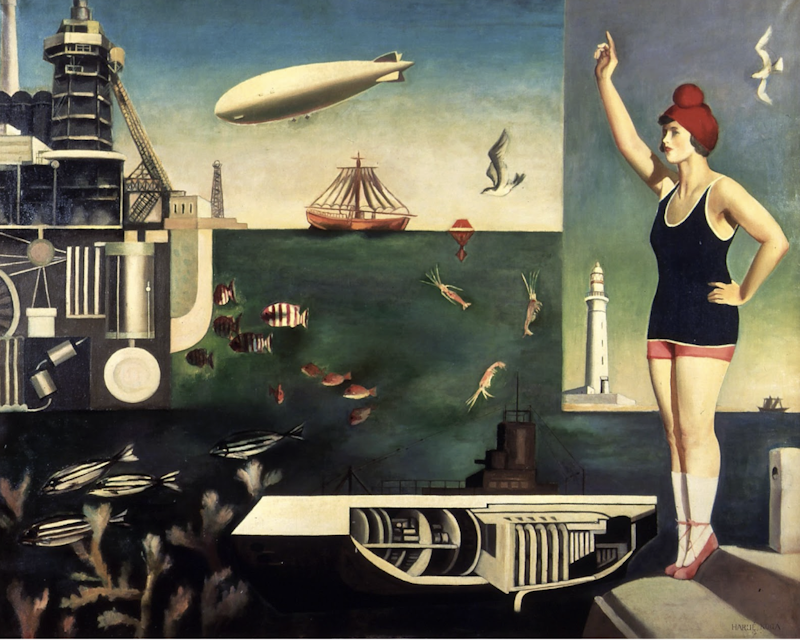
Sea" (1929)
From Double Image to Mathematics: Noboru Kitawaki
Noboru Kitawaki is a Kyoto-based painter. He, too, produced many works influenced by Surrealism.
For example, in "Airport" (1937), he used the double-image technique, in which maple seeds are used as airplanes. In his later years, he experimented with mathematical formulas, natural science, and theories of divination in his works.

Airport" (1937)
Speaking of Japanese literature, Kobo Abe's Akutagawa Prize-winning work "Wall
Surrealism has of course influenced the world of literature in Japan. One of its representatives is the novelist Kobo Abe. Many of his works also have a style as if in a nightmare.
For example, in "The Wall," the story begins with a mysterious setting in which the protagonist loses his name one day.The story then describes how the protagonist has difficulty living in society.
In this work, the setting is not simply a fantasy world, but one that is somehow tinged with reality. It brings human fears and desires into relief and calls upon the human unconscious.
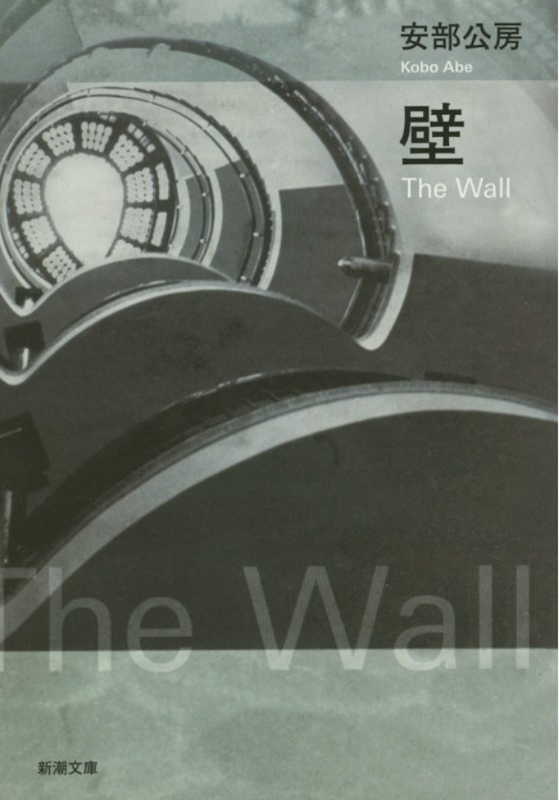
The Wall" (1951), Shincho Bunko
Why don't you visit TRiCERA ART to find surrealist art works from all over the world?
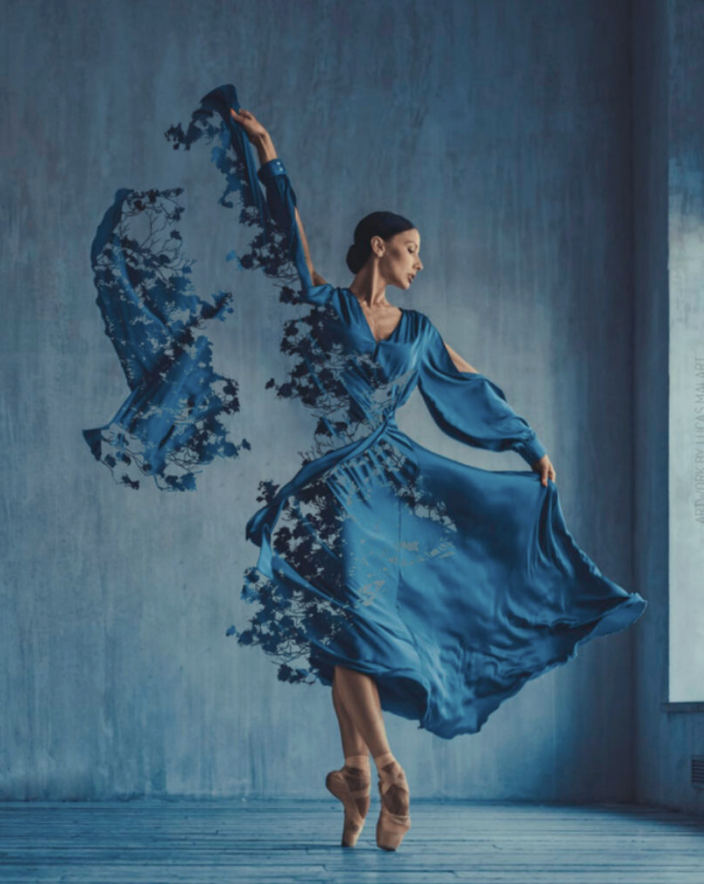
How was it?
In summary, we found the following characteristics of Surrealism.
Surrealism is "surrealism" meaning "beyond reality.
Influenced by Freud, it aims to express "dreams" and the "unconscious.
There are unique techniques such as "automatism" and "de Peizmann.
Not only art, but also photography and literature.
Surrealism has greatly influenced art and literature in Japan.
Surrealism has influenced and is being expressed by some artists even today. The following page introduces Surrealist artists of TRiCERA ART. Please access to this page and have a look.
Welcome to Wonderland - Surrealism